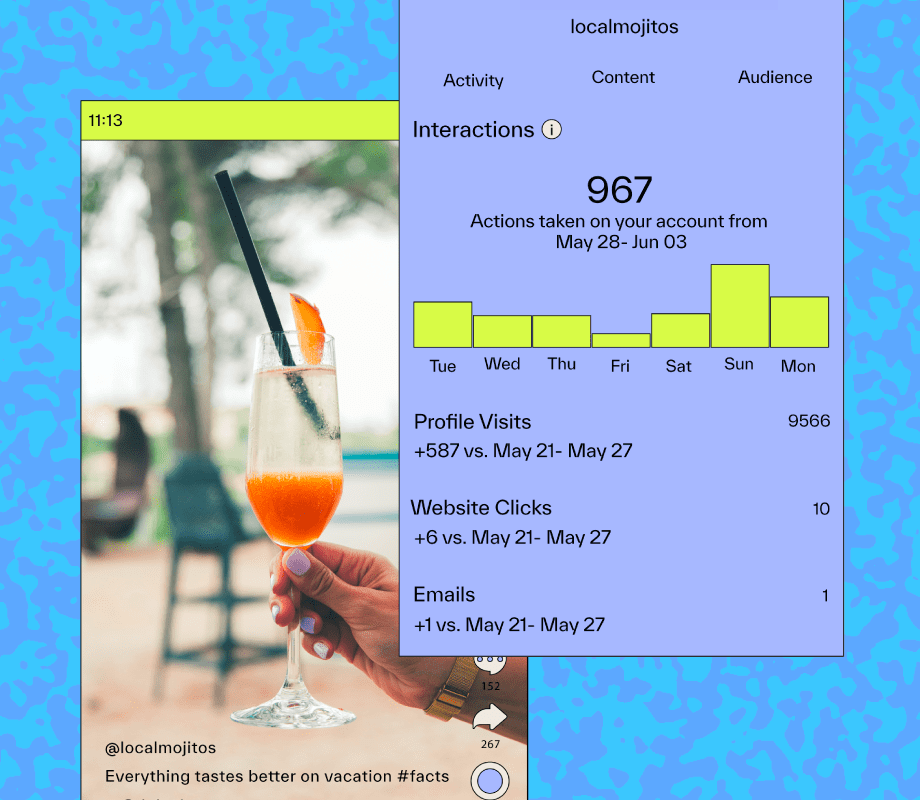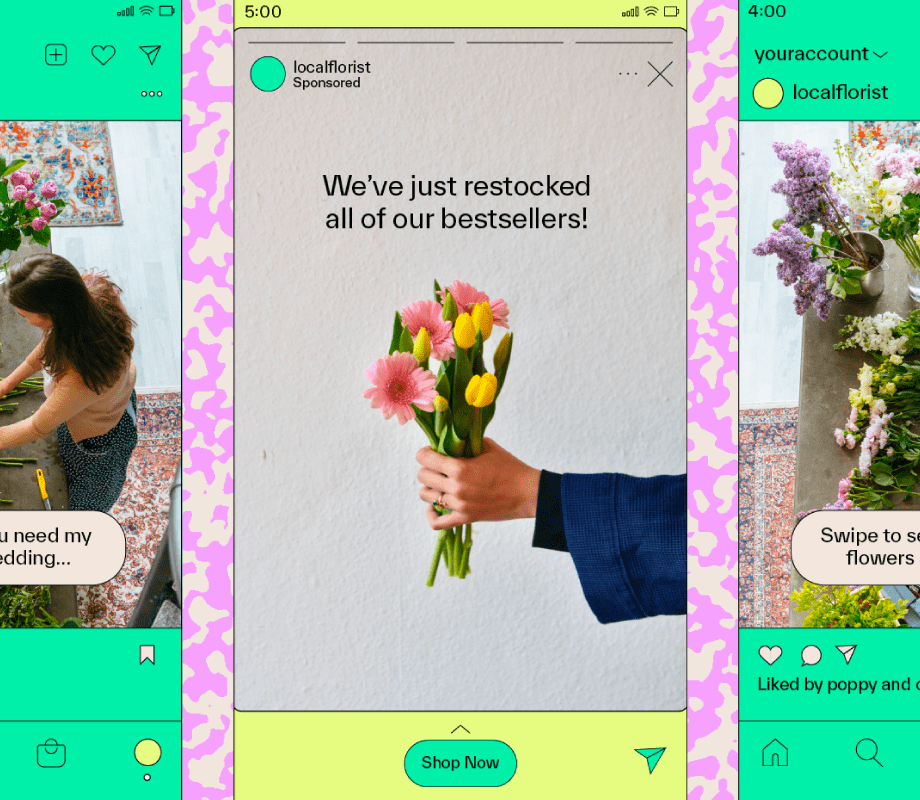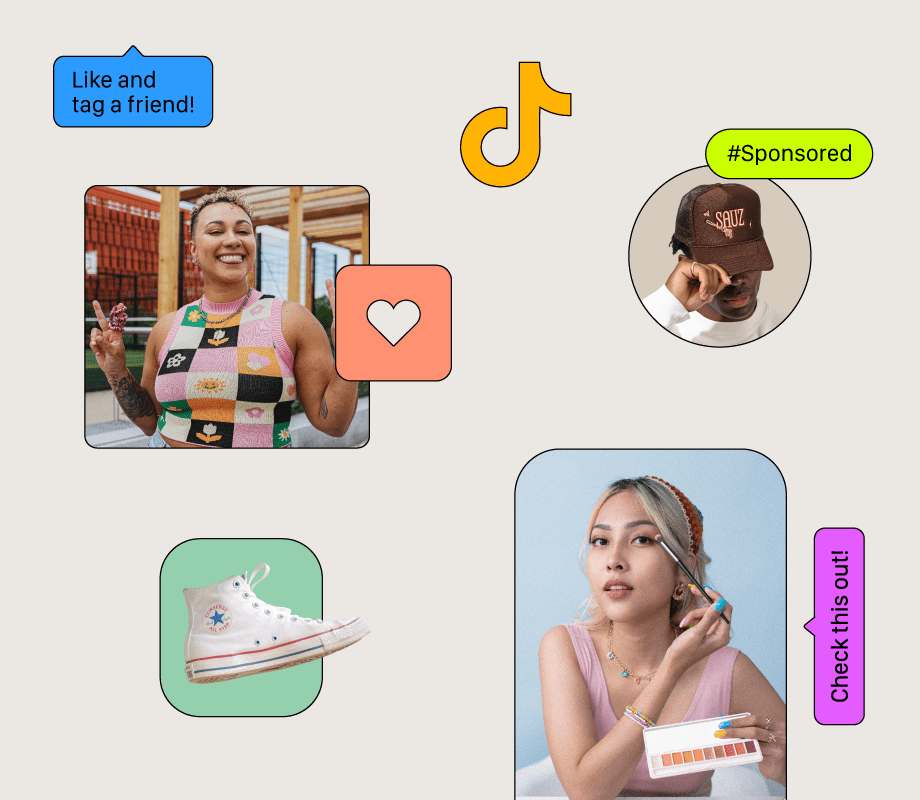Brands are projected to spend $47.8B on influencer marketing advertising by 2027.
And with so much money being invested, what goals should you set for your influencer marketing campaigns?
What metrics should you focus on? How can you measure your success?
The answer: It’s all in the numbers.
We’re covering the top nine influencer marketing KPIs you need to track in 2024 — so you can optimize your performance and get the most out of your campaigns.
Table of Contents
What Is an Influencer Marketing KPI?
An influencer marketing KPI (key performance indicator) is a specific and measurable metric that indicates how well an influencer marketing campaign performs.
Whether you’re looking to boost brand awareness or drive sales, tracking (and analyzing) KPIs lets you understand what works and what doesn’t — so you can make informed decisions, optimize your efforts, and ensure a strong ROI.
The key? Choosing the right KPIs.
ICYMI: Later Influence™ is trusted by leading brands to discover creators, manage campaigns, and collect powerful insights. Learn more.
9 Influencer Marketing KPIs You Need to Know
Great campaigns don’t just happen overnight. It takes a strong partnership, a thoughtful strategy, and a creative approach to get it right.
To dictate which KPIs are most important to you, Later’s Influencer Marketing Manager Kurtis Smeaton says you’ll first need to set your campaign goal.
Why?
“It lets you establish whether your campaign will be a TOFU, MOFU, or BOFU play. TOFU makes the most sense for Later because our product is long lead. However, a fashion brand might want to build BOFU campaigns to drive conversions,” Kurtis says.
What's TOFU, MOFU, and BOFU?
TOFU, MOFU, and BOFU are acronyms commonly used amongst marketers when describing the sales funnel.
Think of it as an upside down pyramid with TOFU at the top:
TOFU (top of funnel) = Awareness, engagements, clicks
MOFU (middle of funnel) = Report downloads, newsletter subscriptions, webinar sign ups
BOFU (bottom of funnel) = Sales, demos, trials
Depending on your goal, here are the top nine influencer KPIs to track:
#1: Brand Awareness
Brand awareness is one of the top reasons brands invest in influencer marketing — making it a top-notch KPI.
Think: Reach, impressions, video views — all the top-of-funnel traffic that indicates your audience size and visibility.
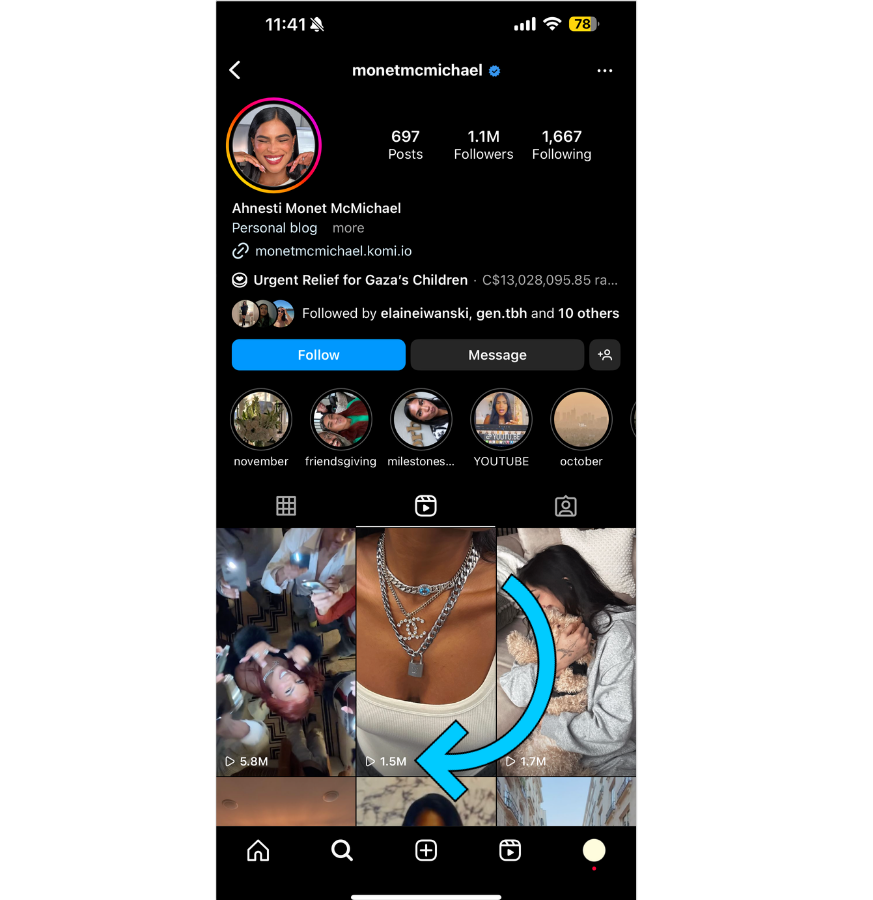
Aka, the first step to getting on your target audience’s radar.
Learn more about how to run a successful influencer marketing campaign in our free course — Influencer Marketing 101: How to Elevate Your Influencer Marketing Strategy.
#2: Engagement
What’s better than eyeballs? Likes, comments, shares, saves, brand mentions — the social currency of a successful partnership.
Engagement measures how well your campaign (and content) is resonating with your audience.

Garner enough, and you’re on the right track to spreading the word about your brand.
PRO TIP: Calculate your cost per engagement using this handy formula: CPE = # of interactions / total spend.
#3: Conversions
If your campaign's goal is to drive sales, measuring conversions is an essential KPI to track.
However, it can be a tough metric to measure without the right tools in place.
Our advice? Share unique promo codes, affiliate links, and UTM links with your influencer partners before the campaign begins.
This way, you can track clicks (and conversions) rolling in from specific influencers once it kicks off.
#4: Audience Growth
While similar to reach, audience growth as a KPI helps give a full picture of your success and brand awareness.
“Value-added content like thought leadership is the strategy here,” Kurtis says.
“If someone doesn’t convert but goes on to follow your account or sign up for your email list, it’s still a win — you have a new lead who can be converted into a customer down the road.”
For example, following a campaign with marketing expert Lucas O’Keefe, Later's Instagram following also saw a boost of roughly 250 followers.
In other words, we hit this particular KPI out of the park.
TIP: Authentic engagement is key for audience growth. Download our free Instagram Fake Followers Checklist to weed out ineffective (and potentially harmful) collaborations.
#5: Click-through Rate (CTR)
A click-through rate (CTR) measures the number of clicks received on a particular link.
It’s a worthwhile KPI as it demonstrates how effective your campaign drove traffic to your website and moved potential customers into the consideration stage.
The secret formula? A strong call to action (CTA).
In a recent campaign with Brooki of @brookibakehouse, she included a CTA to check out her favorite scheduling tool — driving 15K clicks to Later's social media management sign up page.
15K clicks from one sponsored post? Unprecedented.
And while her CTR was lower than the social ads average of 1.36%, it's important not to get too wrapped up in the numbers.
Why?
There are several factors that constitute a "successful" CTR — including your industry, the type of ad (e.g. a brand's paid ad differs from an influencer sponsored post), and the size of your audience.
Instead, use 1.36% as a baseline and hone in on the big picture.
TIP: Bookmark this formula to calculate your click-through rate: CTR = clicks / # of impressions x 100.
#6: Traffic
Another influencer marketing KPI worth tracking is traffic.
Why? New eyes on your site = more opportunities for conversion.
Plus, if you’re noticing an increase in traffic but not conversions, it’s a clear-cut sign to optimize your website with tactics like customized landing pages and better incentives.
#7: Earned Media Value (EMV)
Ever wish you could put a price on your brand's organic coverage?
Spoiler: You can. It's called earned media value — and it’s the best way to quantify the value of all organic (aka earned) exposure your social content and influencer campaigns generate.
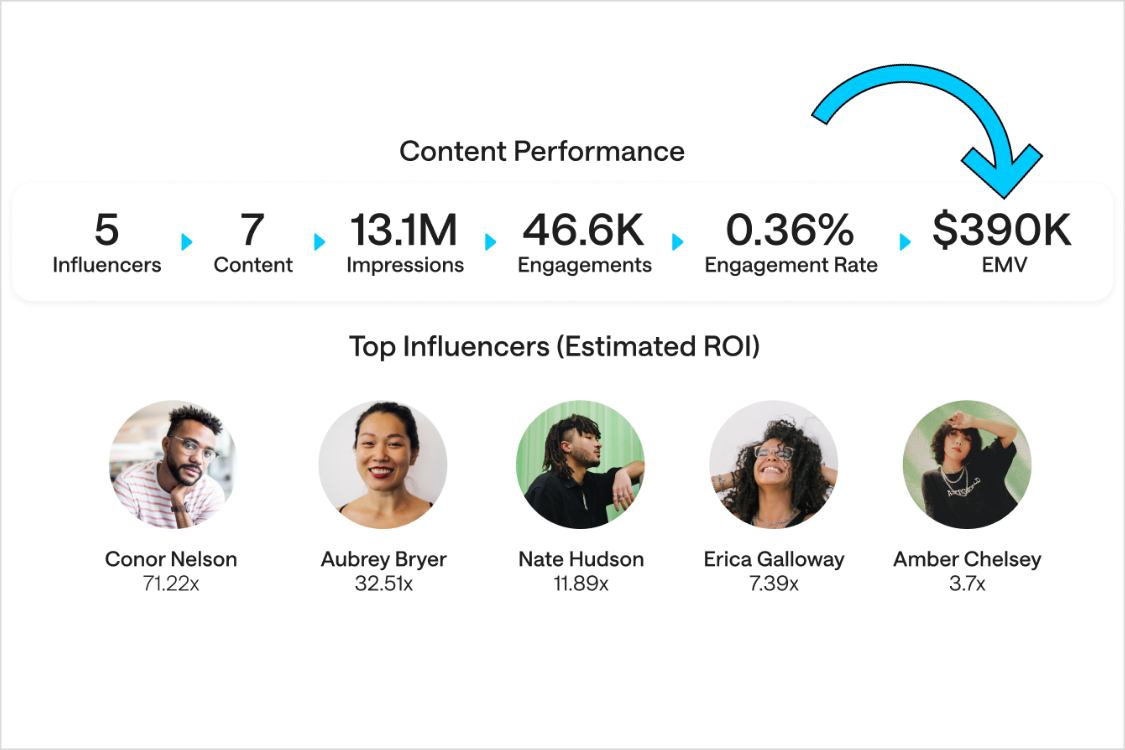
However, calculating EMV is tricky as it requires a separate calculation for every platform — making it difficult (and time consuming) to track.
Luckily, Later Influence makes it easy to track your influencer marketing campaign's EMV automatically, with fresh data everyday.
#8: Return on Investment (ROI)
The KPI of all KPIs? Return on investment (ROI).
Simply put, your ROI determines whether your campaign is profitable or not — the higher profitability, the more successful the campaign.
For a positive ROI, your revenue should exceed total spend (including ad spend, production costs, and influencer compensation).
One way to track your ROI is manually via a formula, however doing so for every campaign can be time consuming.
Luckily, with Later Influence's new tool, you can measure your influencer marketing campaign's ROI automatically.
Even better? Our in-house services team can manage, optimize, and analyze your top influencer marketing campaigns for you. Schedule a call to learn more.
#9: Brand Sentiment
How does your target audience feel about your brand based on comments and reactions to your influencer marketing campaign?
That’s brand sentiment — and while tough to measure, grasping this KPI can help uncover what you’re doing right and how to improve future campaigns.
barbie marketing department is smiling so big... twitter is just the barbie and ken posters it's genius pic.twitter.com/12UI7tfvbW
— elle (@myspideyswift) April 5, 2023
Our advice? Take advantage of influencer marketing platforms like Later Influence to keep an eye on your campaigns from start to finish (more on that, below).
How to Track Influencer Marketing KPIs in 2024
Ready to start measuring your progress? There are a few ways to track KPIs, depending on which metrics you choose:
#1: Sales or Affiliate Tracking Software
If your campaign goal is sales, tracking software is your best friend.
And while e-commerce platforms often have built-in analytics to track revenue generated from specific referral sources — a platform that houses all your KPIs is your best bet (keep reading).
#2: Manually Via Custom Document
While not ideal, manually inputting and tracking KPIs in a massive spreadsheet of custom URLs and campaign results like engagements, impressions, and reach is an option.
However, when you’re leading a big campaign, time is of the essence.
This leads us to the best method…
#3: Later Influence
With an influencer marketing platform like Later Influence, you’ll gain access to real-time performance metrics to track influencer KPIs.
This means you have the ability to measure the full lifecycle of influencer activation — from impressions and engagements to clicks and conversions.
And if you're looking to scale your influencer marketing channel, our in-house services team can manage your campaigns from start to finish.
Just hand the reigns over to us. Schedule a call to learn more.
